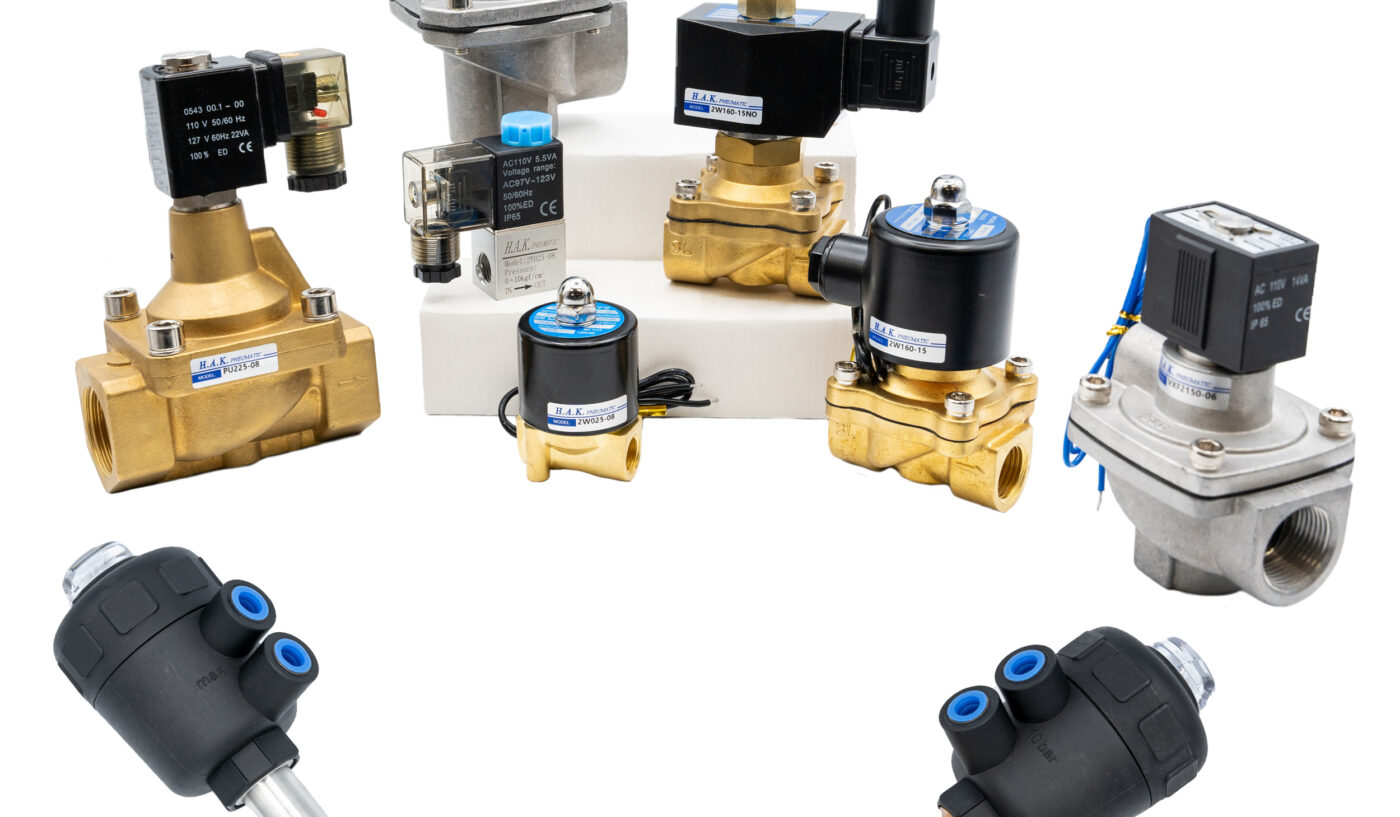Valves serve as the gatekeepers of airflow, ensuring that everything flows smoothly. Among the many types of valves, 2-way and 3-way valves are two common options and we'll explore the differences between these valves to help you decide which one suits your needs.
Understanding Pneumatic Valves
Choosing the right valve is essential for the smooth operation of your pneumatic system. Selecting the appropriate valve can make all the difference in terms of efficiency and functionality. The decision between a 2-way and a 3-way valve depends on the specific requirements of your system.
Before we delve into the comparison between 2-way and 3-way valves, let's take a moment to recognize that there are four primary types of pneumatic valves available, each serving a specific purpose.
- 2-Way Valves: These are the simplest and most common type. With two ports—one for inlet and one for outlet—they control the flow of air by either allowing it to pass or blocking it completely. 2-way valves are ideal for basic on/off control applications.
- 3-Way Valves: These valves have three ports: one inlet and two outlets. They are used when you need to divert airflow in different directions, making them suitable for applications where you must choose between two outlets or switch between two different processes.
- 4-Way Valves: Also known as directional control valves, 4-way valves feature four ports and are used in more complex pneumatic systems to control the airflow to and from two different actuators or devices.
- 5-Way Valves: These valves are an extension of 4-way valves and have five ports. They are employed in systems requiring even more advanced control, such as those controlling double-acting cylinders.
Now that you know about the most common 4 types of pneumatic valves, it’s time to compare the 2-way and 3-way valves.
2-Way Valves
Let's dive into the advantages of 2-way valves:
- Simplicity: One of the standout features of 2-way valves is their straightforward nature. These valves are incredibly easy to understand and operate. Their design, with just two ports, makes it clear how they function. You either have airflow or no airflow – it's as simple as that. This simplicity not only makes them user-friendly but also reduces the chances of operational errors, making them an excellent choice for those who value ease of use.
- On/Off Control: 2-way valves are primarily designed for basic on/off control applications. Think of them as the light switch for your pneumatic system. When you need to start or stop the flow of air, a 2-way valve is the perfect tool for the job. They excel in scenarios where you need a clear and precise control mechanism, such as turning a device or process on or off with minimal fuss.
- Cost-Effective: Budget considerations are often a significant factor when choosing components for your pneumatic system. Here's where 2-way valves have another advantage. They are generally more budget-friendly compared to their 3-way counterparts. So, if you're working with limited resources and your application aligns with the simple on/off control they offer, 2-way valves can be a cost-effective solution.
However, it's crucial to note that while 2-way valves have their merits, they may not be suitable for all situations. If your application demands the ability to divert or switch airflow in different directions, a 3-way valve might be the better fit. These valves provide more advanced control options and versatility, allowing you to channel air to different outlets or processes. So, the choice ultimately boils down to the specific needs and complexity of your pneumatic system.
3-Way Valves
Let's explore the advantages of 3-way valves:
- Versatility: One of the standout features of 3-way valves is their flexibility. These valves are designed to divert airflow between two outlets or processes, making them ideal for applications that require versatile control over the direction of airflow.
- Precise Control: 3-way valves excel in providing precise control over pneumatic systems. They allow you to choose which outlet or process to activate, adding an extra layer of control and adaptability to your system.
- Complex Systems: In scenarios where your pneumatic system is more intricate, 3-way valves are often the preferred choice. They provide the advanced control needed to manage multiple components and processes effectively.
In conclusion, the choice between 2-way and 3-way valves depends on the specific requirements of your pneumatic system. If you need simple on/off control, a 2-way valve is a cost-effective choice. However, if you require airflow diversion or more complex control, a 3-way valve offers the versatility you need.
For additional information on pneumatic valves and other components, you can visit Hakpneumatic.com. We offer a wide range of pneumatic products and can provide guidance to help you make the right choice for your system.

